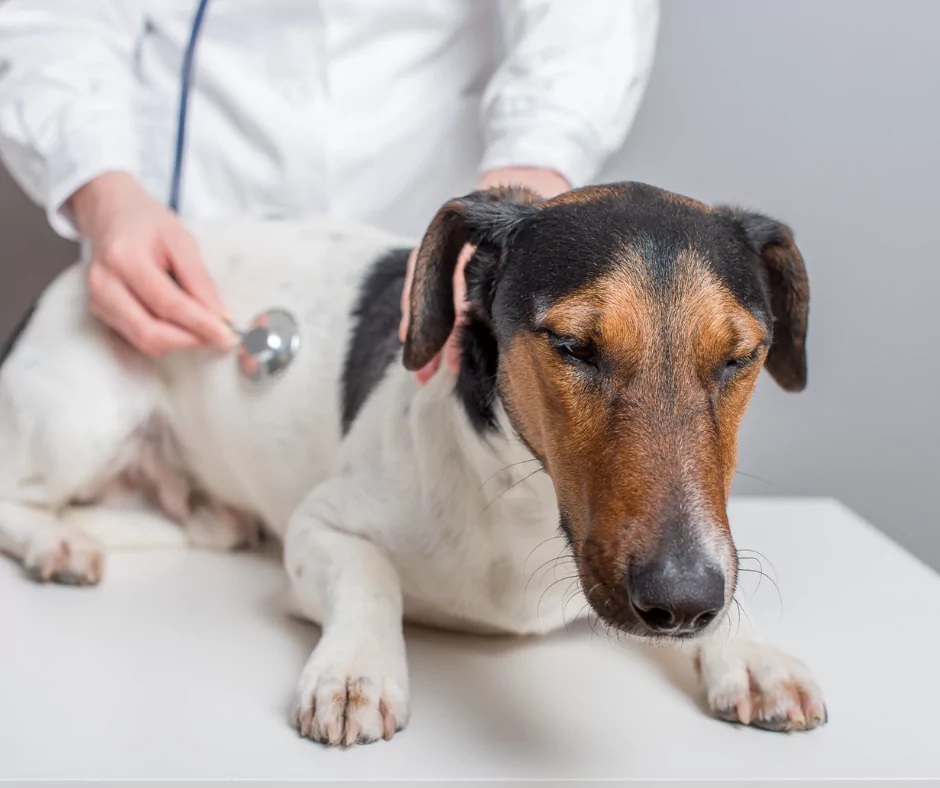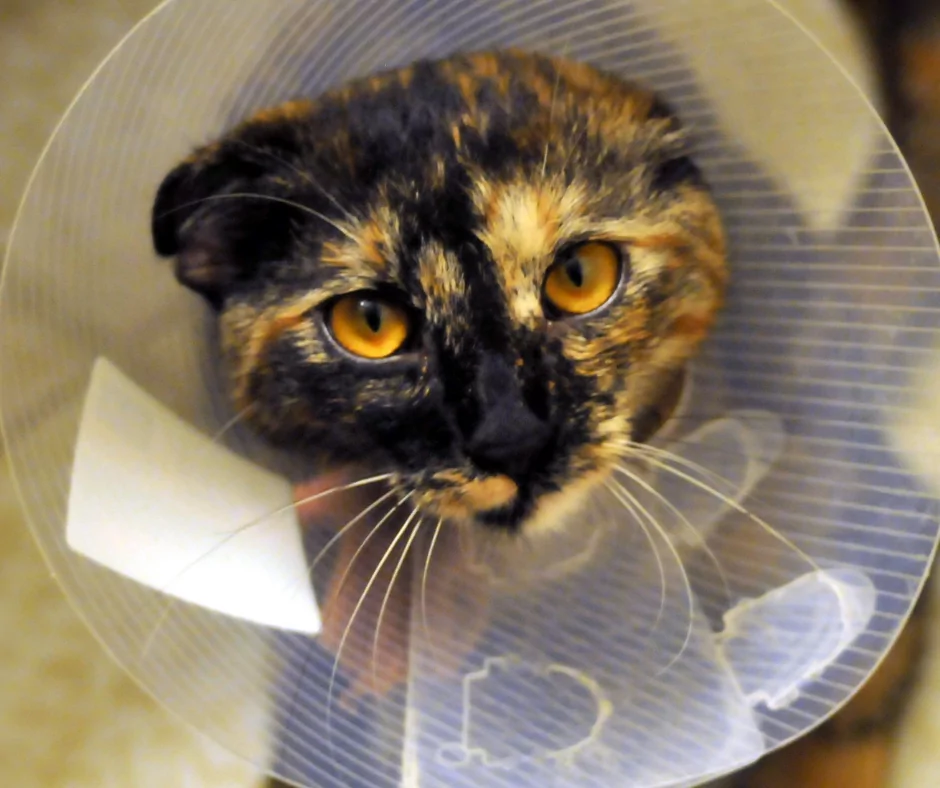Introduction to Pet First Aid Awareness Month
The month of April is reserved for celebrating Pet First Aid Awareness Month. This month is all about the importance of pet first aid. Many pet owners are not aware of the crucial importance of the first aid they can provide until they arrive at the vet. Not always the vet works next door, sometimes you have to travel many miles, and time is precious.

The American Red Cross is dedicating its time to educating people about red cross pet first aid. There are many situations when your immediate response without panicking can save your pet’s life.
The American Red Cross teaches people what to expect and how to determine if it is a pet emergency or not. This should be practiced everyday and not just during Pet First Aid Awareness Month. Here are some examples to practice during Pet First Aid Awareness Month:
- If you want to be sure if your cat or a dog is dehydrated, pull up the skin between its shoulders. It should spring right back in its place. If not, it is a sign of dehydration.
- If you are considered that your dog or a cat might be poisoned, you should look for signs like breathing frenetically externally or internally, dilated pupils, drooling and/or foaming at the mouth, abnormal behavior, and seizures. If your pet is experiencing a seizure, make sure to place its head on a soft surface. Keep your hands away from its mouth because when they are in this state, they will not recognize its owners and may bite. After the seizing will stop, make sure to pull its tongue out of its mouth. If any of these signs are present you must rush to take your pet to the nearest veterinary clinic.

- In the warmer months, heat strokes and heat exhaustion are very common. Signs of heatstroke that you have to be aware of are collapse, body temperature above 104 Fahrenheit/ 40 Celsius, vomiting or sudden diarrhea, excessive panting or struggling to breathe, increased salivation, very red mucous membranes (easily accessible to see in the mouth above and below the teeth), and increased heart rate. Try to slowly cool your pet down and rush to the vet immediately.
- If your dog or a cat gets bitten by another animal, no matter how small the wound, it has to be taken to the vet. If the veterinary clinic is very far away, until you get there, clean the wound with hydrogen peroxide 3% and if the bleeding is not stopping put a compression on it. Every wound, no matter how small, must be checked by a vet. Animals have nasty bacteria living in their mouths and all wounds can very easily become infected. Also, make sure that the biter animal has all its rabies vaccines in check. If not, tell that to your veterinarian.
- Pet first aid should always be administered with caution as pets can react differently to emergency situations than human beings. It is important that pet owners remain calm and act quickly if their pet needs medical attention. Knowing basic pet first aid techniques can help an owner provide the best care possible in a crisis situation.
- One of the most important aspects of pet first aid is monitoring the animal’s vital signs. This includes checking the heart and respiration rate, temperature, gum color and capillary refill time (CRT). The heart rate should be around 70-160 beats per minute depending on size; respiration rate should be 20-30 per minute; temperature should register between 100°F and 102.5°F; the gum color should be a pale pink and the CRT should take 1-2 seconds. If any of these vital signs are irregular, pet owners should seek veterinary help immediately.
- Another important factor to consider when providing first aid is making sure the animal is protected from further injury. This includes ensuring that the animal is in a safe area, not an area where it could be further harmed. Also, owners should keep the animal warm and comfortable by providing blankets or towels.
- Finally, pet first aid must also include basic wound management techniques. These can range from applying pressure to stop bleeding to cleaning wounds using saline solution. In addition, owners should never use hydrogen peroxide as this can cause tissue damage. If a wound is deep or difficult to manage, owners should seek professional help right away.
By following these basic pet first aid guidelines, owners can be prepared in case of an emergency and provide their pet with the care they need. Knowing how to act quickly and efficiently when it matters most
Accidents happen, but we want to make sure that our furry family members are always healthy and happy. That is why you always have to make sure that:

- Their vaccines are up-to-date.
- They have regular yearly (or twice a year for senior pets) veterinary check-ups.
- That they have proper dental care.
- That they get enough daily exercise to get rid of all that build up energy.
- That they always have clean and fresh water to drink, and fresh quality food (either commercial or home-cooked).
- Unless you are a registered dog or cat breeder, have your pet spayed/neutered.
- Always put a leash on your dog when outside. They can easily get hit by a car or bitten by another dog.
And love your pet as much as you can, every day 🙂
Make sure to check out our infographic in celebration of Pet First Aid Awareness month on a Pet First Aid kit.
In celebration of this day, why not read our article on National Heart Worm Awareness Month, which is celebrated in April too!
